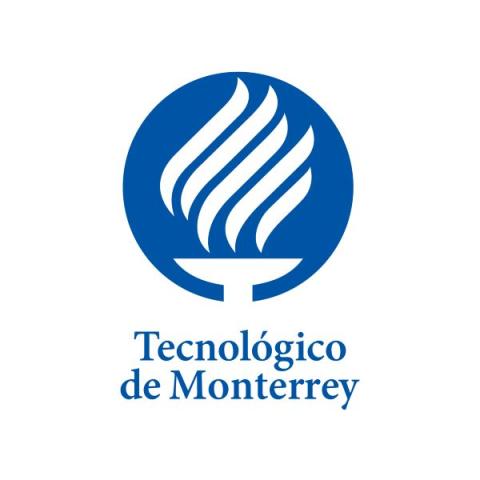
Students are different, so why are you still teaching them all the same way?
Working with students is challenging. For a start, there can be huge individual differences among them, but they are somehow expected to all achieve the same learning objectives. We know that trying to teach them all in the same way does not offer the best results – but individualised learning is often not a viable option.
When this is the case, differentiated instruction offers a great alternative means to meet the needs of diverse learners. It is carried out by identifying patterns of need among students in order to sort them into categories and then using teaching methods appropriate to each group rather than relying on one way of teaching for the whole class. Here, we provide a methodology for personalising learning via differentiated instruction:
Step 1. Where? (Identify the content that needs personalisation)
Leaning on your previous experience, think about where in the syllabus you’ve noticed that some students “get it” easily but others seem to struggle. It’s certainly not necessary – or possible – to personalise a whole course at once, so start by identifying the contents in which having a single way of teaching seems to have caused demotivation or lack of significant learning for some students. Also identify where your students have shown more pronounced individual differences – these are likely areas where they will benefit from differentiated instruction.
- Deep and meaningful learning: taking learning to the next level
- It’s time for teachers to assert their professional opinions on learning delivery
- Learner, student, graduate: a toolkit for student identity formation and critical reflection
Step 2. What? (Identify the criteria for differentiation and set categories)
How are your students different from one another within the content you identified in the previous step? You may find that, for some content, your students arrive with notable differences in depth of knowledge, while for other content, the difference might come in the levels of mastery achieved. In addition, students’ preferred mode of learning, as well as their interests, can be relevant criteria for differentiation.
Once you have identified the criteria, think about how you would classify your students. Then create categories and define them. For example, in a first-year module about habits for a healthy life, you might find strong differences in the students’ mastery of said habits and decide to divide them into two categories: (1) self-managed, defined as students who perceive that it’s easy for them to keep or adopt healthy habits; and (2) managed, defined as students who perceive that it’s difficult for them to keep or adopt healthy habits.
Step 3. With what? (Define diagnostic instruments)
How do you know which category each of your students will fit into? Well, to group your students, you will need to know them. There is, of course, a range of diagnostic methods and instruments, which include: careful observation of students’ performance in an activity; a survey; a questionnaire; standardised tests or inventories; a project or other product; previous grades; and many more.
Select or design a diagnostic instrument that works for your purpose. When creating self-made instruments, you will need to set the conditions for each category by defining the characteristics (or grade) the student’s performance must demonstrate to be considered category A, B, C, etc. If you need a standardised test or inventory, look up the plentiful free online versions.
Step 4. How? (Make the difference: design for each category)
So, with your students adequately grouped, how could your instruction be different? What changes can you make to target different groups of students? For starters, you’ll need to provide a variety of case studies, situations or problems according to the students’ interests or profiles that all link to the same concepts or methodologies.
You’ll also need to offer different levels of complexity or depth of content for students with different knowledge levels, plus a variety of formats to choose from. The numerous learning activities on offer must all lead to mastery of the same concepts or skills and, in much the same way, you must offer different products, projects or other kinds of evidence to assess the same learning outcomes. Finally, there must be a variety of evidence formats for students to choose from.
Can technology support differentiated instruction?
Differentiated instruction does not rely on specialised technology, although some LMS functionalities can help ease the job. In Canvas MasteryPaths, for example, content and activities can be assigned automatically to each student according to their outcomes in an “exam” (diagnostic test) they take in the platform. The course modules section will display only the assignments corresponding to the category in which the student is placed.
In summary
There is no one-size-fits-all way of teaching, but it is feasible to find patterns of need among students and tailor effective teaching to each group via differentiated instruction. Teaching in the various ways different students learn means helping all of them maximise their potential – and that, of course, is always the end goal, no matter how we get there.
Adriana Plata-Marroquin and Leticia Castaño are both leaders in educational innovation at Tecnológico de Monterrey, Mexico.
If you found this interesting and want advice and insight from academics and university staff delivered direct to your inbox each week, sign up for the THE Campus newsletter.




